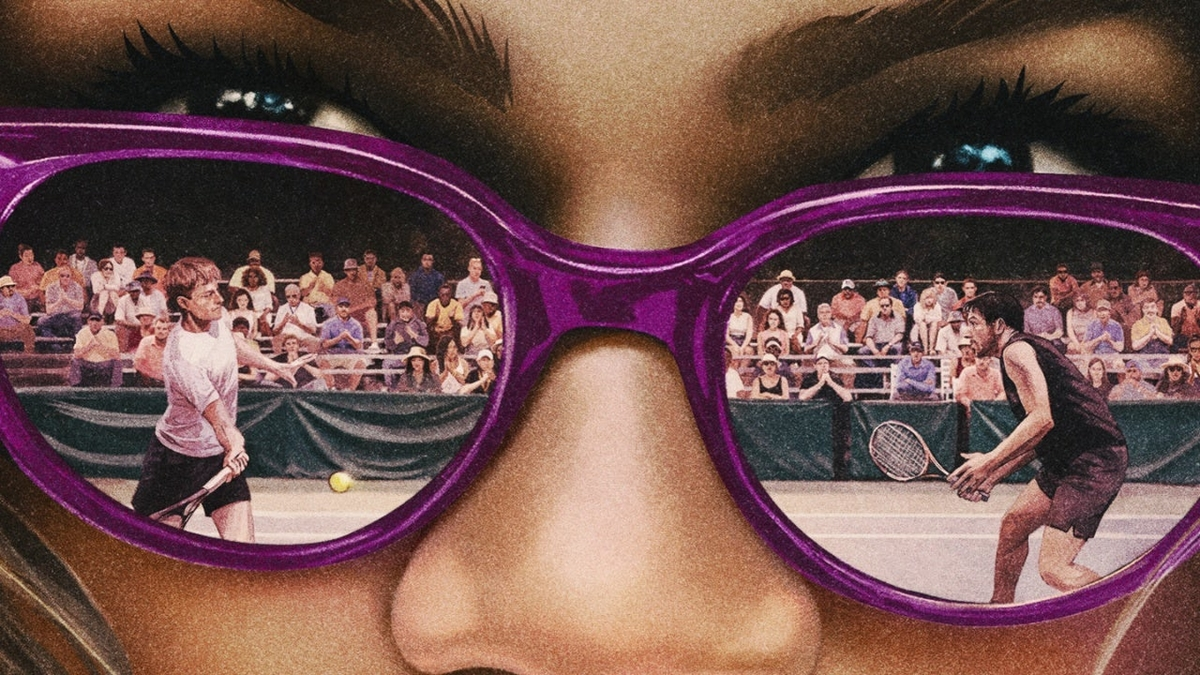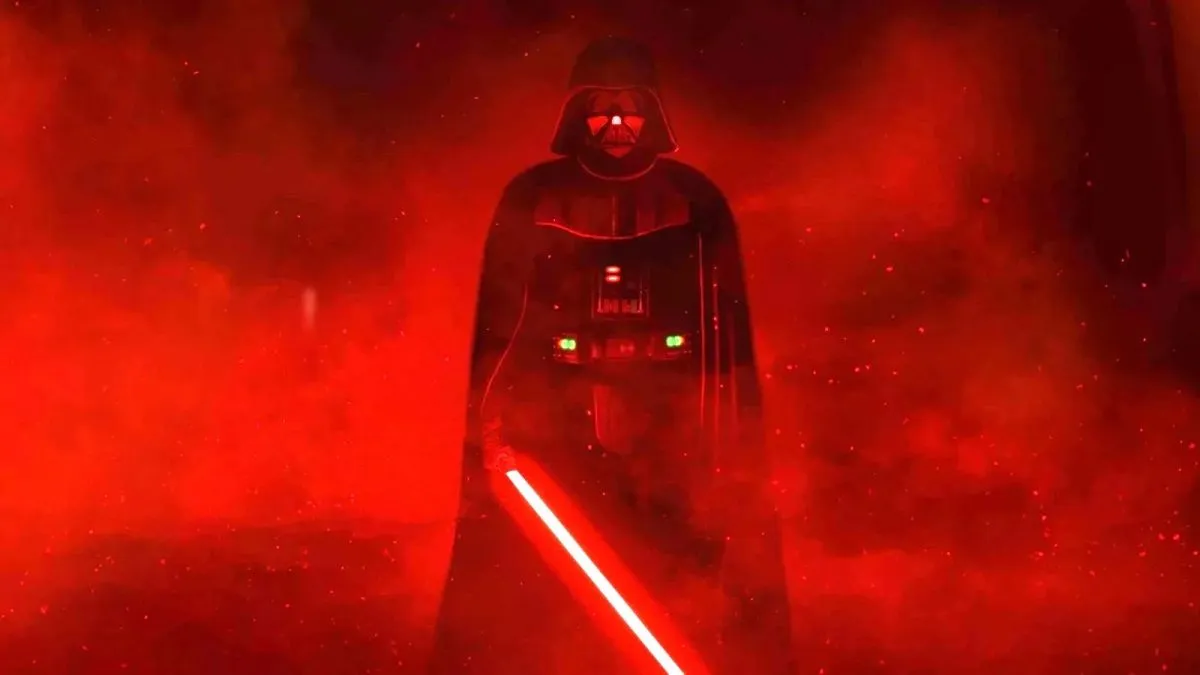
Even Card said he’d get rid of a lot of those sideplots. It must be helpful knowing that the author realizes you’re going to have to chop and amputate a little bit to fit it in.
GH: Orson knows because Orson tried, and at one point he thought it wasn’t doable. So I’m very proud that it’s even happened, but I have to say, it comes at a price, in the sense that this is a different way of looking at Ender Wiggin. I’m almost documenting his life in a visual way, and in a compressed way, where as the book is a far more detailed exploration. If we imagine Ender Wiggin outside of both pieces of material, that he’s a real character, which is how I like to think when I’m doing an adaptation, I think, “wow, this author has given me unbelievably detailed insights into a character that actually exists.
Now, if I was filming this character, and I wanted to create that same sensation in the viewer as the novel is creating, that feeling for Ender, what do I do?” I simply can’t take the chunks of dialogue of what he’s thinking and have Ender sitting there going “well I was thinking that I really hated Bonzo, and I was going to get him, and blahblahblah.” It’s just a disaster! I have to create a scene between him and Bonzo, and then linger on a closeup of Ender and say, “have I got the sense of conflict in Ender, that is then described in the book? Can you intuitively feel that?” So it’s a really intimidating thing, adapting, it’s much trickier than people realize.
You’re the narrator in this case, with the camera.
GH: And it’s a very different tool. Here’s the rule I made: I said, “the only way I’m going to make sense of this is if I keep Ender in virtually every scene in the movie.” He’s a complicated character you get to know, he doesn’t always do cool things, we sometimes may not even exactly like him for a moment, and yet we get to understand him as he begins to wrestle with his own nature. I need the audience to be bonded to that character, so I’m going to start by saying, “if Ender is not in the scene, the scene goes.” That was a pretty brutal thing to do, except I kept scenes between Graff and Anderson, where they’re talking about Ender. It’s still about Ender: it’s Ender’s game. It’s not Valentine’s Game, or Peter’s Game, it’s Ender’s Game.
That helped me truncate it, and then by compressing time, I was able to truncate it further. And then, frankly, I wanted to do justice to the visual possibilities of the battle room, and the simulation cave. The longer you make the movie, when you are also, I hate to say this, dealing with a limited amount of money –albeit, a large amount of money- it’s still a very tight, independently funded movie. Do you have eight battle room scenes, and do them okay, or do you have four, and make them fantastic? I’d rather have people going “I wish there was more battle room,” than them going, “the battle room wasn’t very cool.” You constantly are playing this game of shifting things around.
And in the end, I believe what we’ve got is a film that might even exceed some people’s expectations of the battle room, for example, or the simulation cave, where in the book he’s playing on a computer terminal. Here, we’re in a big three-dimensional world where he’s essentially conducting a three-dimensional game in space. I was proud of that, and I’m proud of the battle room being a glass sphere, and you see out into space –I think that’s what films like this need, they need that scale. So I hope there are areas of the film that will exceed fan expectations, and I have no doubt that there will be areas that they’ll go “why did they cut that out?!” And it was really in the interest of giving it narrative drive in what is essentially a two-hour continuous experience, as opposed to something you pick up and put down, come back to the next chapter. It’s just an interesting challenge.
That’s all for now but we’d like to thank Gavin very much for his time. You can catch Ender’s Game when it releases worldwide on November 1st.






